Category: car accidents
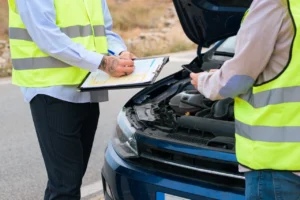
Checklist of What To Do After a Car Accident in California
It can be hard to know what to do after a car accident. But the things you do are important …
Read More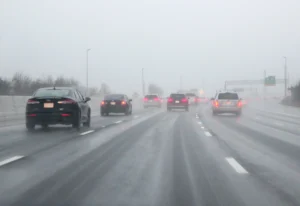
Car Accidents Due to Poor Road Conditions in California
In California, 26.6% of roads are in poor condition. Poor road conditions can cause accidents or otherwise lead to serious …
Read More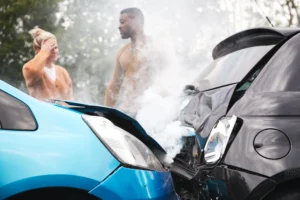
How To Dispute Fault in a Car Accident in California
You’ve been in a car accident. The other side is at fault, and you’re waiting for the insurance check. Then, …
Read More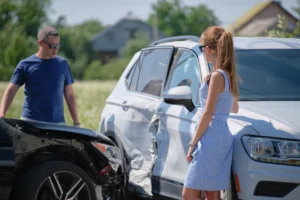
How to Read a California Car Accident Report
If you’ve been in a car accident in California, you need to know how to read the police report. Our …
Read More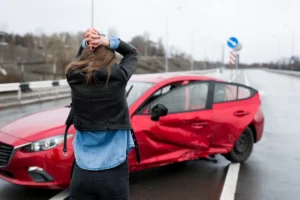
Most Common Causes of Car Accidents in California
The experienced San Bernardino car accident lawyers at LA Century Law discuss six of the most common causes of car …
Read More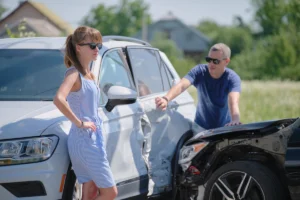
How Do Underinsured Motorist Claims Work After a Car Accident?
Seventeen percent of California motorists are uninsured. One source says that Los Angeles is the most uninsured city in the …
Read More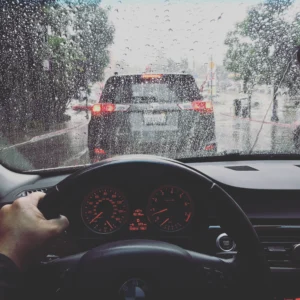
Car Accidents Due to Poor Weather Conditions
Car accidents due to weather conditions may form the basis for compensation. If you’re in a weather-related accident, it’s important …
Read More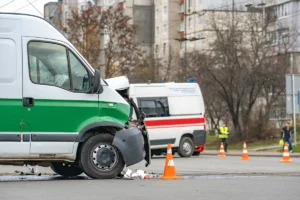
Car Accidents Involving Commercial Vehicles in CA
According to the Federal Motor Carrier Safety Administration, California ranks second among U.S. states for the number of fatal truck …
Read More
Who is Liable for a Passenger’s Car Accident Injuries in CA?
Liability for passenger car accident injuries in California usually falls on the driver or driver who acted negligently to cause …
Read More
Emotional Distress After a Car Accident in California
California law recognizes that a person’s emotional well-being warrants legal protection. Emotional distress is harmful to your peace of mind, …
Read More
What If You’re Hit by an Unlicensed Driver in California?
According to a study by the California Department of Motor Vehicles, unlicensed drivers are three times more likely to cause …
Read More
Is It Illegal to Drive Barefoot in California?
What if you’re not wearing shoes when you drive? Is it illegal for you to do so in California? The …
Read More